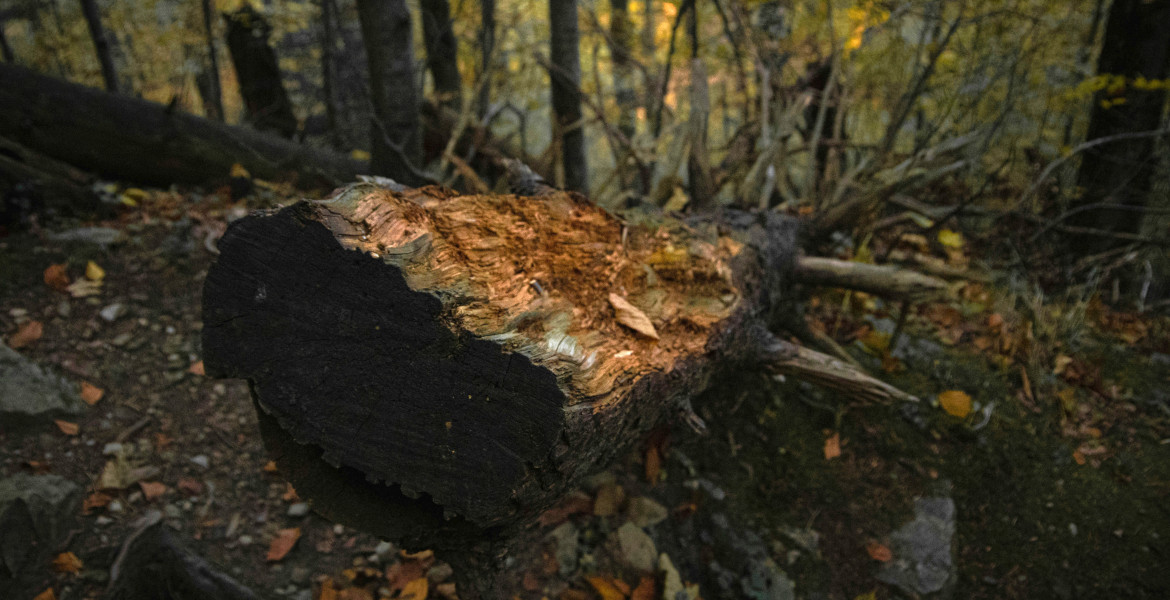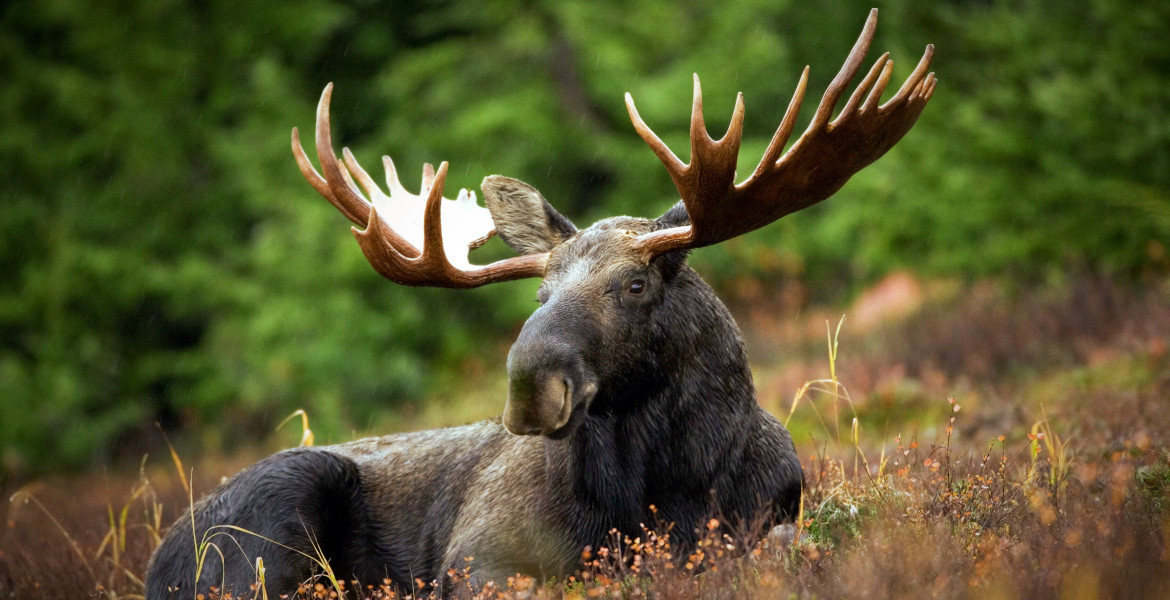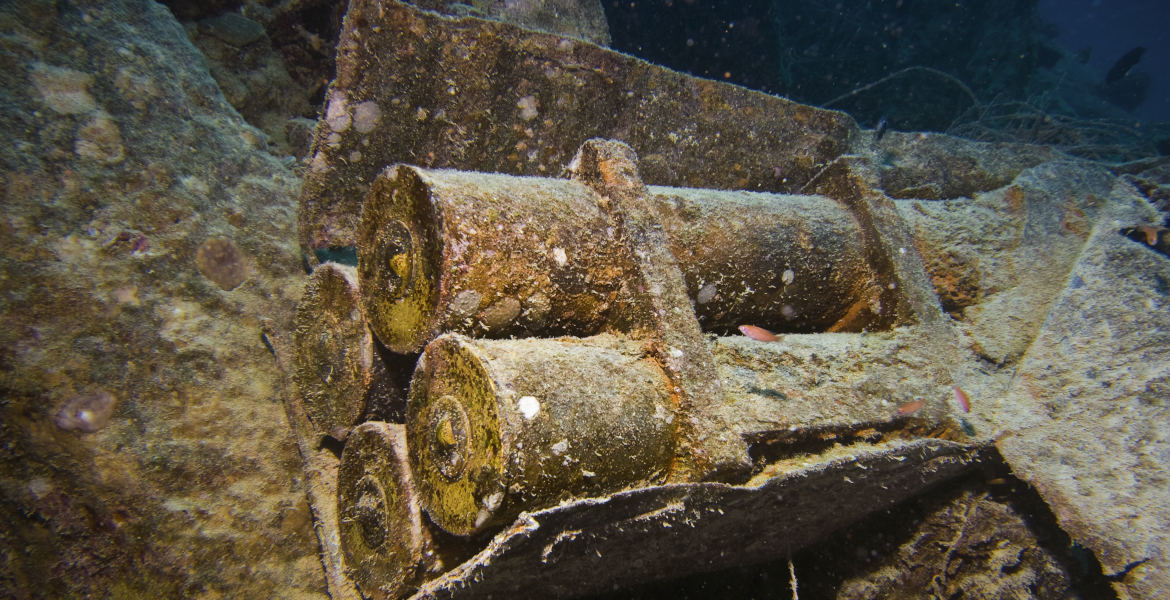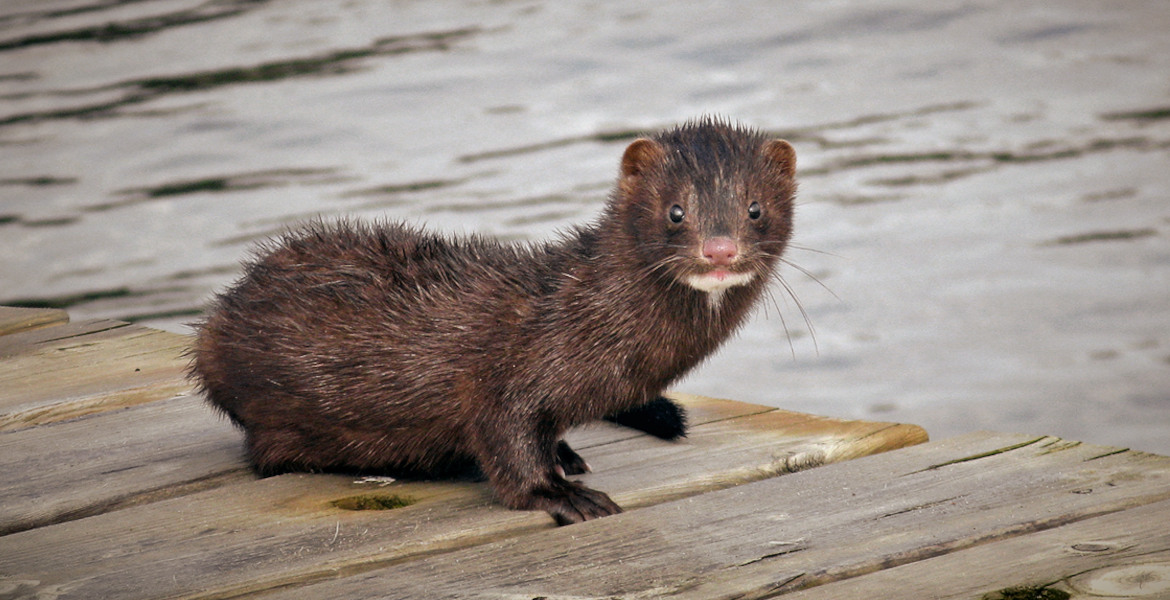This year, 143 lynxes may be killed during the annual license hunt across Sweden, with most of them shot in Gävleborg County. The World Wildlife Fund (WWF) says the government should instead invest in preventive measures to reduce damage to domestic animals.
The licensed lynx hunt runs from March 1 to March 31 in southern and central Sweden, and until April 15 in northern Sweden. The hunt takes place during the lynx mating season. In Gävleborg, 30 lynx may be shot, which is the highest quota. In comparison, 17 may be shot in Dalarna and ten in Västerbotten. In some counties, such as Norrbotten, no individuals may be shot.
In total, the county council has decided that 143 lynx may be shot, which is slightly less than last year’s record high of 201. With a population of around 1400, this means that one in ten lynx may be shot this year.
According to the WWF, the decrease is positive, but they also point out that the species is protected and classified as endangered. The hunt is strongly motivated by the desire to reduce the risk of serious damage to domestic animals, something the WWF believes is misguided and that it would be better to invest in preventive measures instead.
– The lynx plays an important role in our ecosystem. The protected lynx population must be handled with great care, and they must be allowed to exist in the habitats where they belong. It is obvious that the state must pay for preventive measures and compensate for damage caused by large predators. The state must also contribute to more research in this area, says Gustaf Lind, Secretary General of WWF Sweden in a press release.
EU wants to reduce protection
In a letter to the EU’s Agriculture and Fisheries Council in January, it was revealed that Sweden, together with Finland and others, believes that both lynx and bear should receive less protection, Natursidan reported. This follows the European Commission’s proposal in December to downgrade the status of the wolf from “strictly protected” to “protected”.
To create a better understanding of carnivores, WWF and the Swedish Society for Nature Conservation are organizing a conference for all those working on carnivore issues. The theme of the conference, which will take place on April 11-12 this year, is coexistence between humans and predators.








